Key Takeaways
- Cockroaches have oval, flattened bodies (1–3 inches), long antennae, and six spiny legs, helping them move swiftly and hide easily.
- Common cockroaches vary in color from reddish-brown to dark black and may have wings, although not all species fly.
- Early signs include dark droppings, egg cases, and a musty odor; prompt sealing of entry points and cleanliness help prevent infestations.
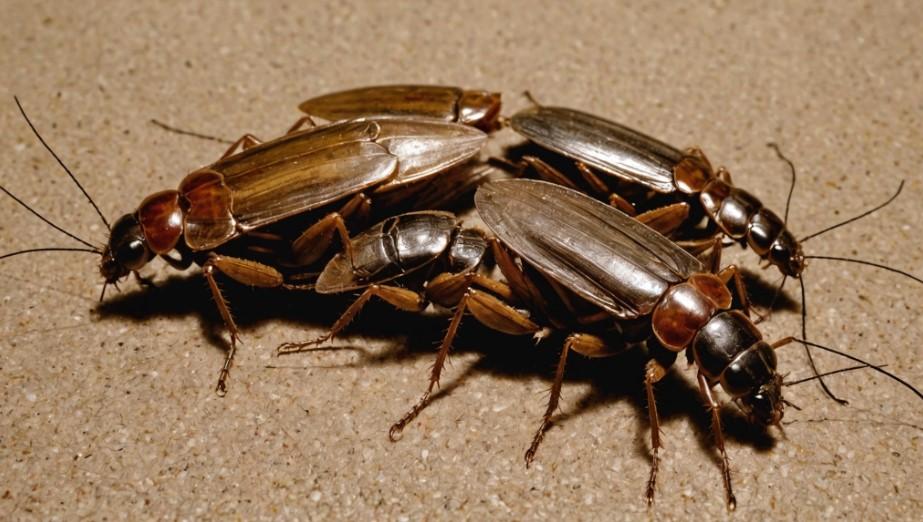 Cockroaches are among the most common pests in homes and businesses, often causing frustration and discomfort for those dealing with infestations. Understanding what cockroaches look like, where they live, and how to spot them is key to keeping your environment pest-free.
This guide provides insights into the physical appearance of cockroaches, the places they like to inhabit, and how to spot them to keep your home pest-free.
Cockroaches are among the most common pests in homes and businesses, often causing frustration and discomfort for those dealing with infestations. Understanding what cockroaches look like, where they live, and how to spot them is key to keeping your environment pest-free.
This guide provides insights into the physical appearance of cockroaches, the places they like to inhabit, and how to spot them to keep your home pest-free.
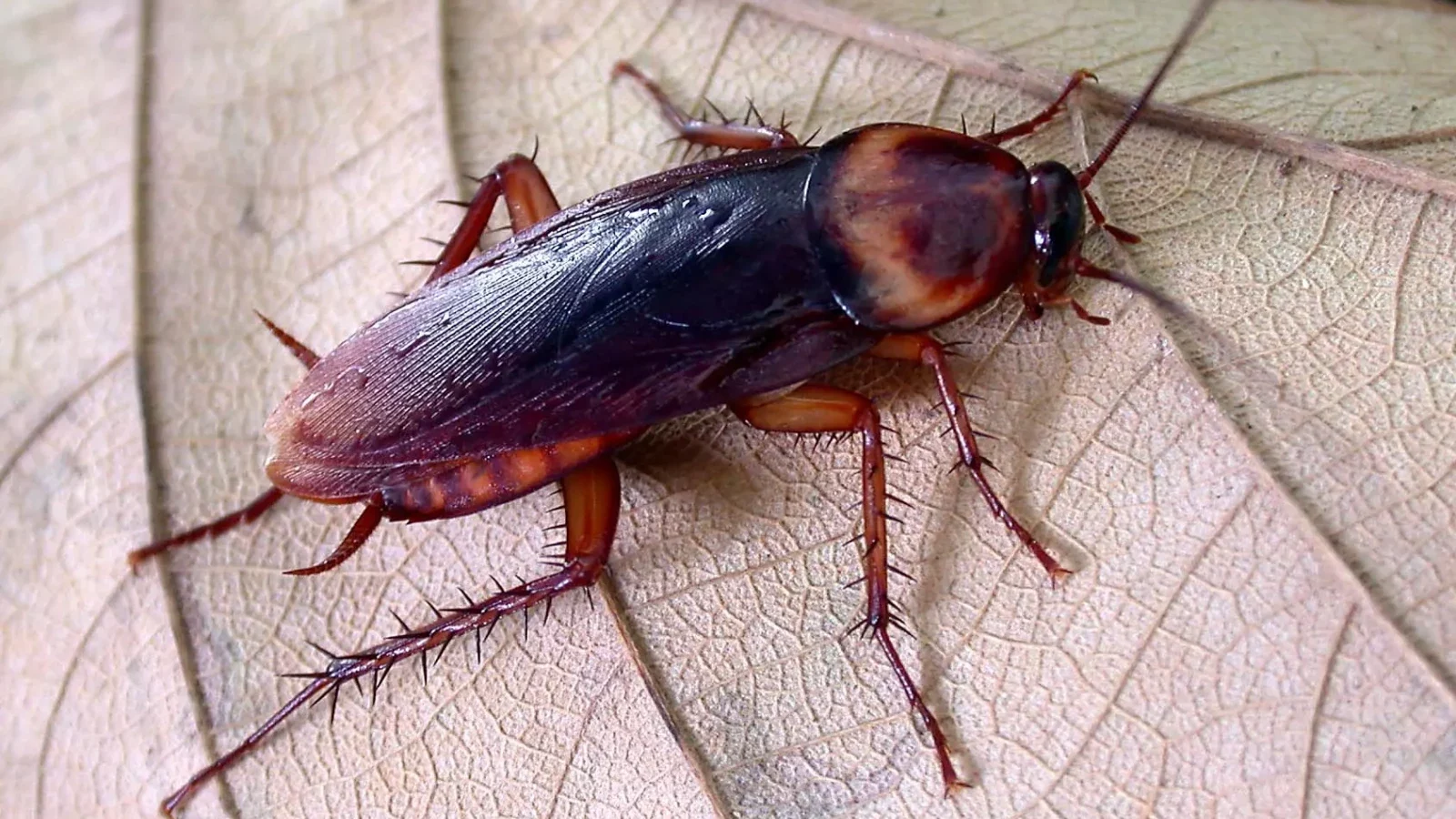

Not getting a solution?
Get your free pest control estimate today!What Do Cockroaches Look Like?
Cockroaches come in various shapes and sizes, but their distinct features make them relatively easy to identify, even among different species. These pests typically have an oval-shaped, elongated body that allows them to squeeze through narrow spaces.Key Characteristics for Identifying Cockroaches
-
Size: Cockroaches range from 1 to 3 inches in length depending on the species, with smaller species like the German cockroach and larger ones like the American cockroach.
-
Shape: They have a flattened, oval-shaped body that is streamlined, enabling them to hide in tight spaces and move through cracks effortlessly.
-
Color: Cockroach coloration varies by species, including reddish-brown, light brown with stripes, or dark black with a shiny surface.
While some species, like the American cockroach, have well-developed wings and can fly short distances, others, such as the German cockroach, rely more on running for mobility. Visit our Species, Control, and DIY Guide sections for additional resources on cockroach control and professional pest management solutions.
Cockroach Anatomy
Cockroaches have a unique anatomy that equips them for survival, speed, and evasion, making them some of the most persistent pests in human environments. Their physical traits help them adapt to a variety of habitats and avoid predators, while also aiding in their ability to infest homes and businesses effectively. Body Structure
Cockroaches have an oval, flattened body divided into three sections. The head houses compound eyes and long antennae for sensing their environment. The thorax connects their legs and wings, while the abdomen contains internal organs and visible segments. This streamlined shape lets them squeeze into tight spaces and hide easily.
Wings
Most cockroaches have two pairs of wings. The forewings (tegmina) are tough and protective, while the hindwings are membranous and used for short flights in species like the American cockroach. Others, such as the German cockroach, rarely use their wings and prefer crawling.
Legs
Cockroaches’ six spiny legs are designed for speed and climbing. Thanks to specialized pads and hooks, they can run several feet in seconds and scale smooth surfaces like walls and glass, making them highly elusive.
Body Structure
Cockroaches have an oval, flattened body divided into three sections. The head houses compound eyes and long antennae for sensing their environment. The thorax connects their legs and wings, while the abdomen contains internal organs and visible segments. This streamlined shape lets them squeeze into tight spaces and hide easily.
Wings
Most cockroaches have two pairs of wings. The forewings (tegmina) are tough and protective, while the hindwings are membranous and used for short flights in species like the American cockroach. Others, such as the German cockroach, rarely use their wings and prefer crawling.
Legs
Cockroaches’ six spiny legs are designed for speed and climbing. Thanks to specialized pads and hooks, they can run several feet in seconds and scale smooth surfaces like walls and glass, making them highly elusive.
Antennae
The long, thread-like antennae of cockroaches are essential sensory tools. They detect touch, smell, and taste, helping cockroaches locate food and threats. Often twice their body length, the antennae allow them to navigate while staying hidden.Where Do Cockroaches Live?
Cockroaches are highly adaptable pests that thrive in environments offering warmth, moisture, and easy access to food. They can be found both indoors and outdoors, often in areas that provide shelter and resources. Their adaptability allows them to inhabit almost any space, making infestations challenging to control.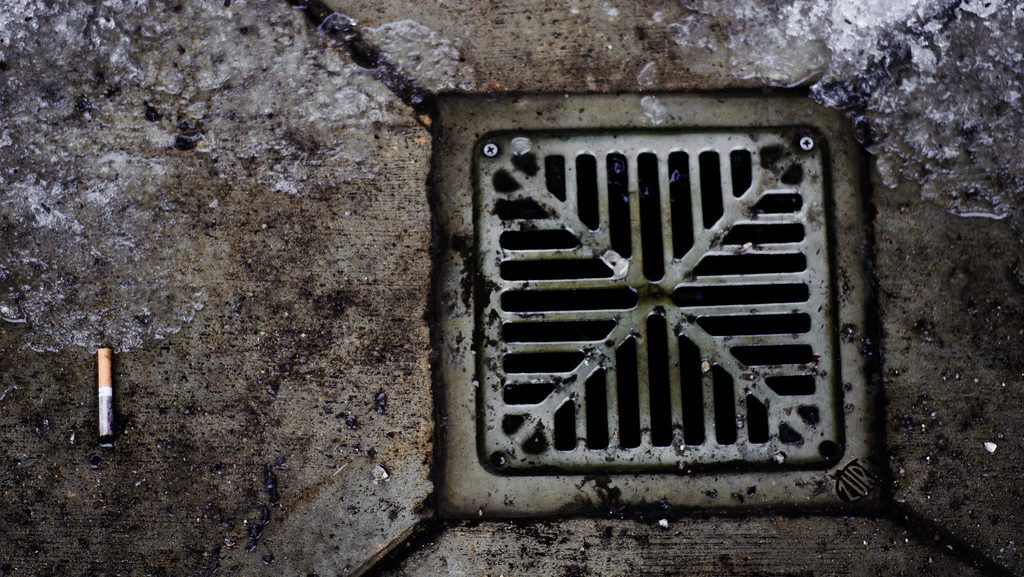
Indoor Habitats
Kitchens (behind appliances, under sinks, in food storage areas), bathrooms (near drains, pipes, and bathtubs), and basements or attics that offer warmth and shelter.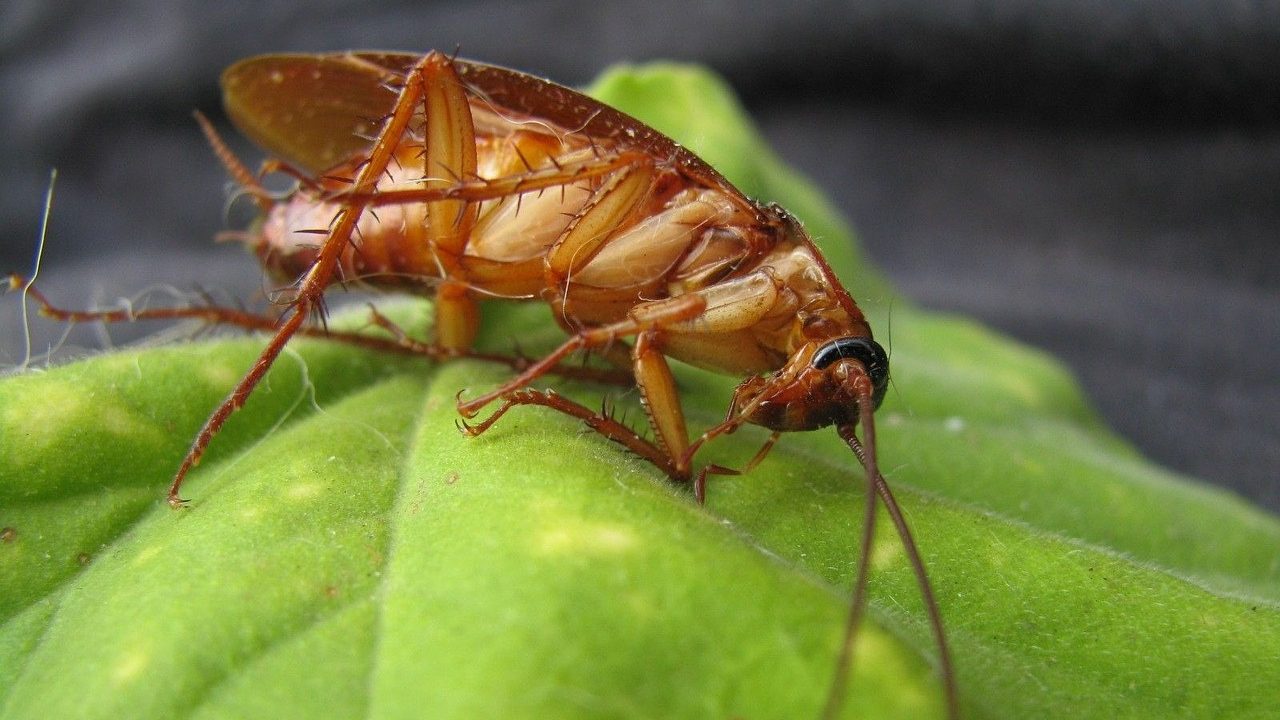
Outdoor Habitats
Yards (under leaves, logs, or trash), sewer systems (where food and water are abundant), and woodpiles with cracks or decaying organic material.How to Identify Cockroaches?
Early detection of cockroach activity is key to effective control. Look for fast-moving insects with oval bodies, long antennae, and spiny legs. Their size and color can help identify the species, such as the reddish-brown American cockroach or the smaller, tan German cockroach. Cockroach droppings resemble small, dark specks like ground pepper, and their egg cases (oothecae) are dark brown or black, about the size of a grain of rice. A strong, musty odor often indicates a growing infestation. Cockroaches are nocturnal pests and are most active at night. Spotting them scurrying in the evening or hearing rustling sounds in hidden areas are clear signs of their presence. Address these indicators quickly to prevent the infestation from worsening.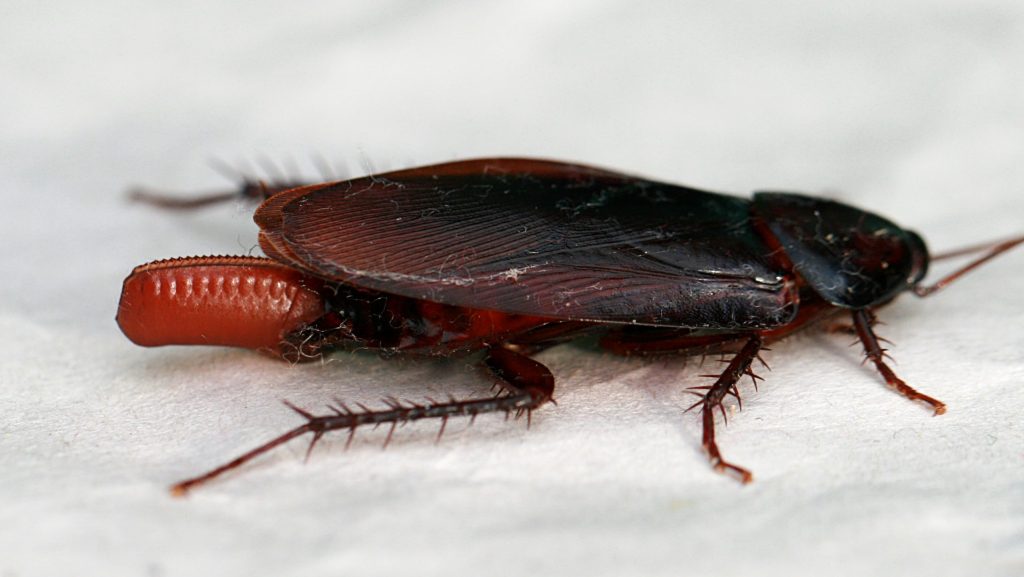
How to Prevent Cockroaches
-
Seal Entry Points: Inspect your home for cracks, gaps, and openings around windows, doors, and plumbing, and seal them with caulk or weatherstripping.
-
Keep Food Secure: Store all food in airtight containers and promptly clean up spills, crumbs, and grease from surfaces and floors.
-
Maintain Cleanliness: Vacuum and sweep regularly, focusing on areas where crumbs and debris may accumulate.
-
Fix Leaks: Repair leaky faucets, pipes, and drains to eliminate water sources.
-
Seek Professional Help: If cockroach activity persists, contact pest control experts for effective elimination. Our pest control professionals provide a customized approach to protect your home effectively.
Myths and Facts About Cockroaches
Cockroaches are one of the most misunderstood pests, with many myths surrounding their behavior and resilience. Here are some common myths about cockroaches and the truths behind them:| Myth | Fact |
|---|---|
| Cockroaches only infest dirty homes. | They can thrive in both clean and dirty environments as long as food, water, and shelter are available. |
| Cockroaches can live without their heads. | While they can survive briefly, they die from dehydration within days because they can’t drink. |
| Cockroaches are only active at night. | Although nocturnal, they can be active during the day in large infestations or when disturbed. |
| Cockroaches are harmless. | Cockroaches spread diseases, bacteria, and allergens, posing significant health risks. |
| All cockroaches are the same. | There are over 4,000 species worldwide, each with unique behaviors and habitats. |





